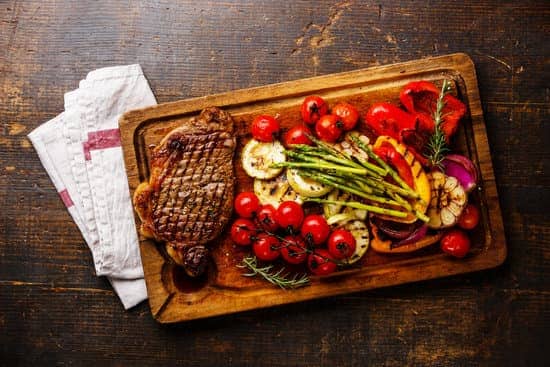In the early days of the global coronavirus pandemic, many Americans faced an unsettling reality: empty grocery store shelves.
Dramatic changes set in almost overnight and left families spending all of their time at home, limiting trips to the store and buying in bulk to prepare for the unknown. While the pandemic sent shockwaves across all levels of the U.S. economy, it also provided the chance to serve consumers in new and creative ways.
The American Shorthorn Association (ASA) recently launched an initiative to promote members who are offering beef products directly to consumers.
It’s called Shorthorn Beef — Locally Raised.
“During the pandemic some consumers faced food shortages, and this brought to light the importance of having a local source for beef,” says ASA President Nancy Grathwohl-Heter. “A local program is appealing to consumers, because they know where their meat is sourced and how it is raised.”
The Shorthorn Beef program is an avenue for connecting the breed’s cattle producers with those interested in buying locally raised beef. The effort includes promotional opportunities through social media, the ASA website and other media platforms.
“It’s really about families supporting families,” says Montie Soules, ASA executive secretary and CEO. “When you purchase Shorthorn Beef, you’re supporting a family farm and their livelihood. We hope this program continues to open doors between the community and livestock producers.”
When buying directly from a local farmer or rancher, Grathwohl-Heter says consumers can purchase a quarter, half or whole Shorthorn beef and receive great-tasting, healthy products at a reasonable price point. She and her family manage DTR Cattle Company near Raymond, Kansas, and were early participants in Shorthorn Beef — Locally Raised.
“Our family has been raising Shorthorn cattle for four generations, and we strive to produce a tender and delicious product that exceeds consumer expectations,” Grathwohl-Heter says. “We enjoy having a conversation with consumers and sharing our story as a family-owned Shorthorn cattle operation.”
The gentle, quiet Shorthorn breed — ideal for family-focused farms and ranches — has long been known for its superior-quality beef, ASA says. The breed also has a unique ability to produce high levels of marbling combined with greater levels of muscling than other breeds.
“Shorthorn cattle have always been known for producing tender and highly marbled beef,” Grathwohl-Heter says. “The Shorthorn Beef program highlights the breed’s great end product, and helps breeders create more value and demand for Shorthorn genetics.”
Participating members will receive marketing support and be featured on the ASA website among the growing directory of Shorthorn breeders with beef to sell. They will also be able to brand their product using the program’s official logo.
“Through this new effort, we hope to provide a niche market for fresh, high-quality local Shorthorn Beef,” Soules says. “Our more than 6,000 adult and junior members from across the country are committed to raising the best possible Shorthorns and supporting the way of life they enjoy. We want to share that message with consumers.”
In addition, Soules sees the effort behind Shorthorn Beef — Locally Raised as an extension of the breed’s American legacy. The Shorthorn was country’s first beef breed and traces its U.S. history to the 1780s.
Next year, the organization celebrates its 150th anniversary — making ASA the nation’s oldest beef cattle association. Go online to access the list of Shorthorn Beef participating breeders or contact ASA for more information on how to get involved in the new program.

